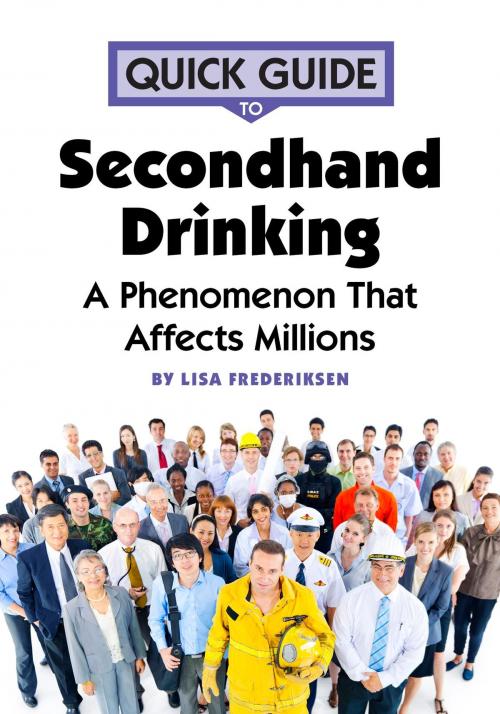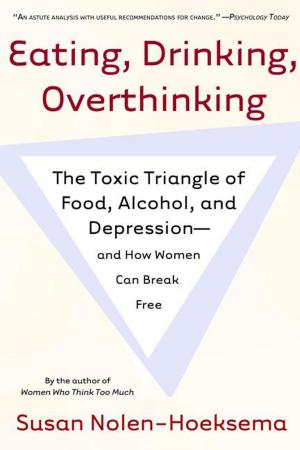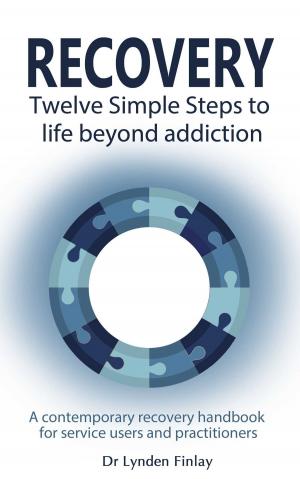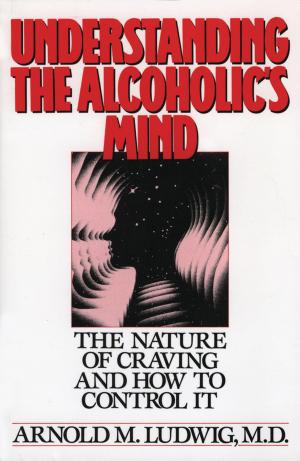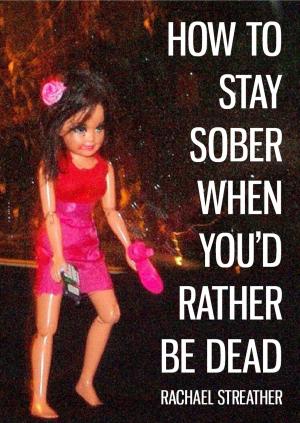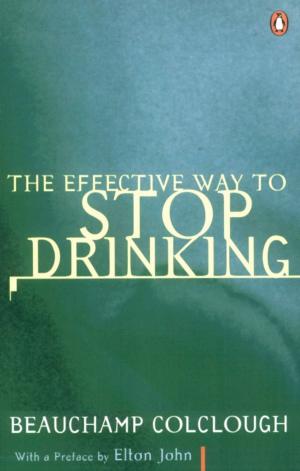Quick Guide to Secondhand Drinking
A Phenomenon That Affects Millions
Nonfiction, Health & Well Being, Self Help, Addiction, Alcoholism| Author: | Lisa Frederiksen | ISBN: | 9780990790006 |
| Publisher: | KLJ Publishing | Publication: | September 30, 2014 |
| Imprint: | Language: | English |
| Author: | Lisa Frederiksen |
| ISBN: | 9780990790006 |
| Publisher: | KLJ Publishing |
| Publication: | September 30, 2014 |
| Imprint: | |
| Language: | English |
The explosion in 21st century brain research is radically changing our understanding of what happens to the brain when it’s under the influence of alcohol and when it’s on the receiving end of a person’s drinking behaviors. As a result, this science is giving us new language for talking about a phenomenon that affects 90 million Americans and hundreds of million more people worldwide. This phenomenon is Secondhand Drinking (SHD). SHD is a term to describe the negative impacts of a person’s drinking behaviors on others. Drinking behaviors include: verbal, physical or emotional abuse; driving while impaired; domestic violence; committing a crime; creating a safety risk or productivity burden for co-workers; sexual assault; generating significant economic costs to others related to lost workplace productivity, health care expenses for problems related to excessive drinking, and criminal justice and law enforcement expenses related to alcohol consumption, to name a few. People on the receiving end of these drinking behaviors experience a range of negative physical, emotional and/or quality-of-life impacts. Thus attacking the underlying problem, a person’s drinking behaviors, from the other side – preventing and protecting oneself from secondhand drinking – offers a sea change opportunity. So how does a person protect themselves from secondhand drinking without interfering with another person’s right to drink? What does stress and stress-related brain and physical changes have to do with SHD? How is it possible secondhand drinking affects 90 million Americans? And perhaps most importantly, why should we care?
The explosion in 21st century brain research is radically changing our understanding of what happens to the brain when it’s under the influence of alcohol and when it’s on the receiving end of a person’s drinking behaviors. As a result, this science is giving us new language for talking about a phenomenon that affects 90 million Americans and hundreds of million more people worldwide. This phenomenon is Secondhand Drinking (SHD). SHD is a term to describe the negative impacts of a person’s drinking behaviors on others. Drinking behaviors include: verbal, physical or emotional abuse; driving while impaired; domestic violence; committing a crime; creating a safety risk or productivity burden for co-workers; sexual assault; generating significant economic costs to others related to lost workplace productivity, health care expenses for problems related to excessive drinking, and criminal justice and law enforcement expenses related to alcohol consumption, to name a few. People on the receiving end of these drinking behaviors experience a range of negative physical, emotional and/or quality-of-life impacts. Thus attacking the underlying problem, a person’s drinking behaviors, from the other side – preventing and protecting oneself from secondhand drinking – offers a sea change opportunity. So how does a person protect themselves from secondhand drinking without interfering with another person’s right to drink? What does stress and stress-related brain and physical changes have to do with SHD? How is it possible secondhand drinking affects 90 million Americans? And perhaps most importantly, why should we care?
